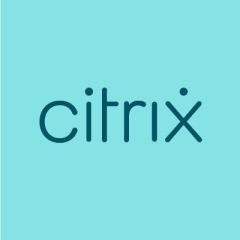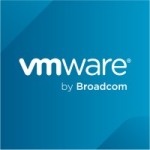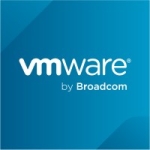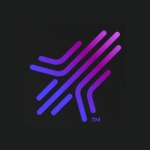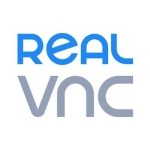What is our primary use case?
The solution is primarily used for provisioning the desktop for the employees in the company, including different layers of employees. We have different groups using the PVS, the provisioning tool. We are provisioning different groups according to the level, according to the department, et cetera, to deliver a specific desktop for employees who are working at home.
What is most valuable?
The PVS technology itself, the provisioning, is great. It's very easy. It's very simple to alter the main image or the golden image.
It's also very secure.
I find Citrix is a stronger option in many other aspects since it's one of the most mature in the market. It's ancient and it's always developing itself to add new things.
The initial setup is easy.
Scaling is straightforward.
What needs improvement?
We have had issues with certain aspects, which is why we are looking for alternatives. For example, the firewall solution from Citrix is a bit complicated. Integration is hard. It needs a higher understanding of the network. It's not plug-and-play. When I deal with it, I always need assistance from the network team if I need to alter anything. It should be simpler to deal with.
When I was doing comparison research, the thing that I found really interesting in Horizon is that the firewall setup is easy. It's like a wizard menu, and it's well-documented, so it's not hard to alter anything in the firewall. Maybe the feature that I want to be added to Citrix is well-written documentation and a wizard just to let me know what is going on in the firewall, how to edit things, and how to easily deploy something on the firewall. Do I initiate a rule or decline a rule? They just need to make it easier for me to troubleshoot firewall issues.
For how long have I used the solution?
We're a company working for a certain customer and the customer has been working with the VDI since it started, so for a very long.
I've been working with it for a year.
What do I think about the stability of the solution?
The stability is pretty good and there are no real issues. The one concern is the firewall. If there's any error, U2 a firewall error, we were not able to easily modify it or easily solve it due to tissues with integration. You really need higher network knowledge. In the end, security issues or any issues on the firewall will affect the stability in the end.
What do I think about the scalability of the solution?
We are always adding new PVS machines. As an operator, we're always asked to add new PVS machines to batch them, update them, add new machines, and add new images. It has been very easy to scale and everything is a click away. There are no issues while scaling.
The organization is huge, so I cannot say exactly how many people are using the solution. The organization has around 750 servers. On each server, there may be hundreds of machines. There are lots of users. There are maybe tens of thousands of end users actually using the desktop as a service through Citrix.
How are customer service and support?
We don't really deal with technical support. All errors that we face, we are able to detect ourselves as an operator. We don't open any tickets with Citrix support itself. We don't have any experience with the support that Citrix provides.
Which solution did I use previously and why did I switch?
Since the start we were working on Citrix.
How was the initial setup?
It is straightforward to set up and implement.
I participated in editing something in the image itself or while provisioning. That said, the main deployment happened long ago, and we are operators, so we were not really in the middle of the actual process of the deployment.
The errors that we had during maintenance are typically all due to the firewall and its networking of it. Other than that, things are smooth, and all the errors are detectable. If it's an error in configuration and any other aspects except, of course, the networking of the firewall, it may be difficult. Otherwise, for other aspects, everything is easy to maintain.
What's my experience with pricing, setup cost, and licensing?
I'm the operator for a customer, so I'm not really aware of the licenses. They do the deal with Citrix and we just operate the infrastructure or the VDI. I don't really know how much it costs in reality.
Which other solutions did I evaluate?
I was comparing this product against Horizon. I wanted to compare both solutions in case we need to migrate from one solution to another.
The company wants to migrate to the cloud so that's why we are searching for an alternative - to see if we should replace Citrix or keep on working on Citrix.
What other advice do I have?
We are working with Citrix VDI, and we are mainly working on the PTS for provisioning.
I'm a system integrator. I'm dealing with the latest version of the product.
It's a very well-known solution, and it's very efficient. However, you need to dig deep into the architecture of it just to understand it and grasp it well, especially how things are calling one another, how things are operating inside the APIs and all the networking inside, and how things are working in the architecture to be able to work with Citrix and actually understand everything that's going on it.
If you face any error, you'll be able to know the cause and easily go to the root cause. However, you must first understand the architecture, understand how things are calling one another, and how the networks play. Then, start step-by-step working on it, on the application itself. If you have good knowledge, you'll find working with it very easy.
I'd rate the solution a seven out of ten based on the fact that we did rin into a lot of issues related to the firewall. Other than that, Citrix works fine.
Which deployment model are you using for this solution?
On-premises
Disclosure: My company does not have a business relationship with this vendor other than being a customer.

